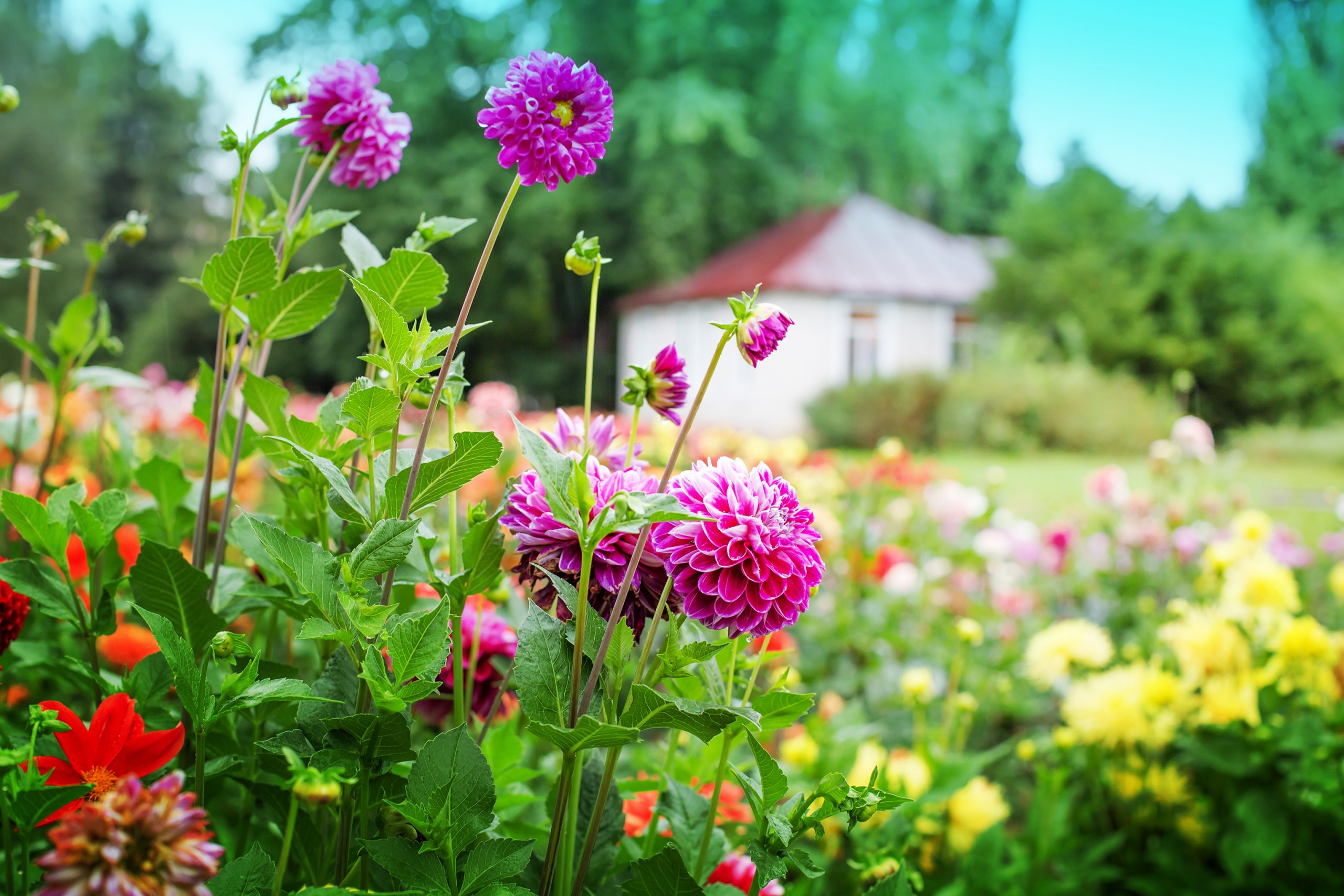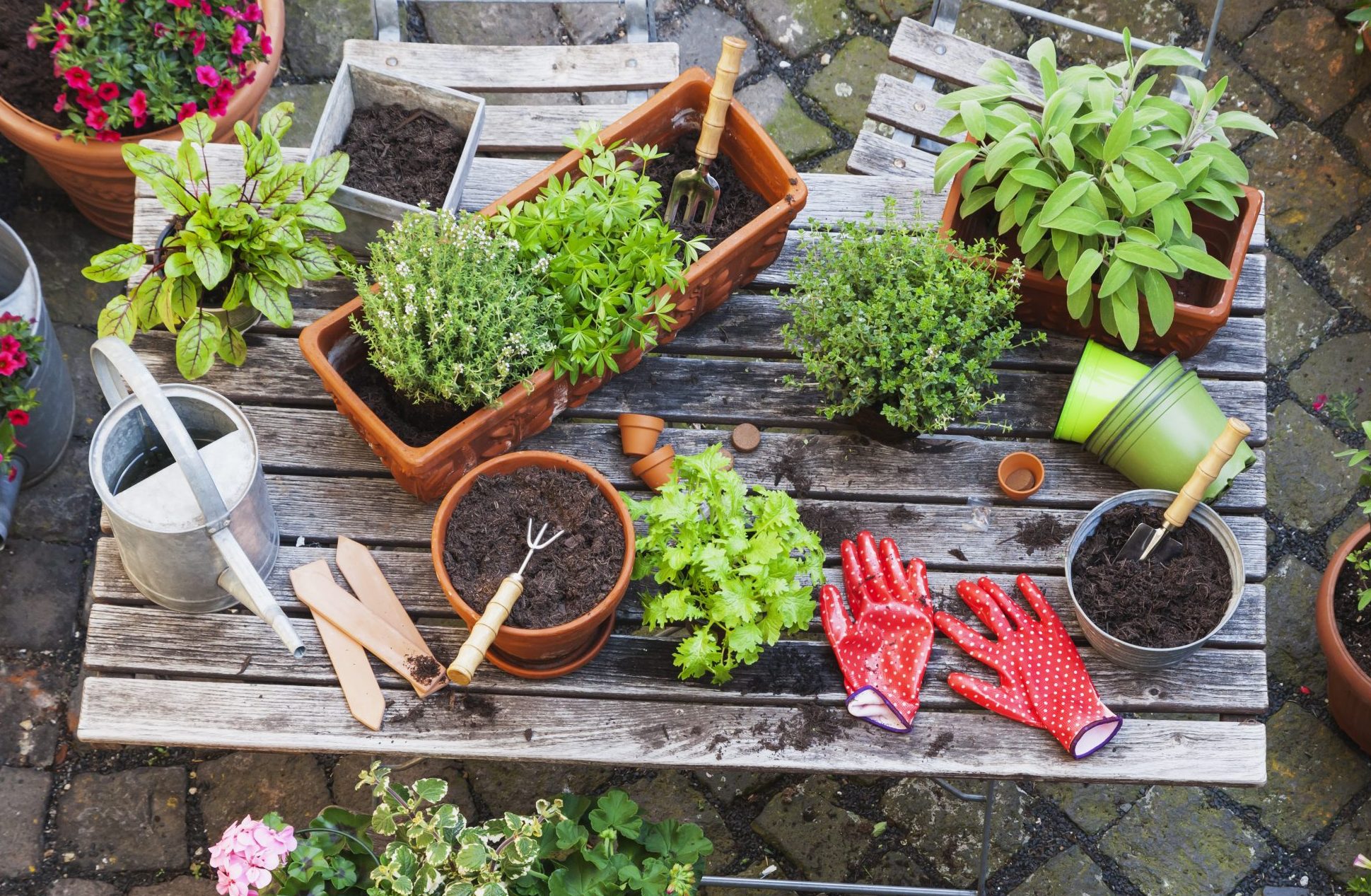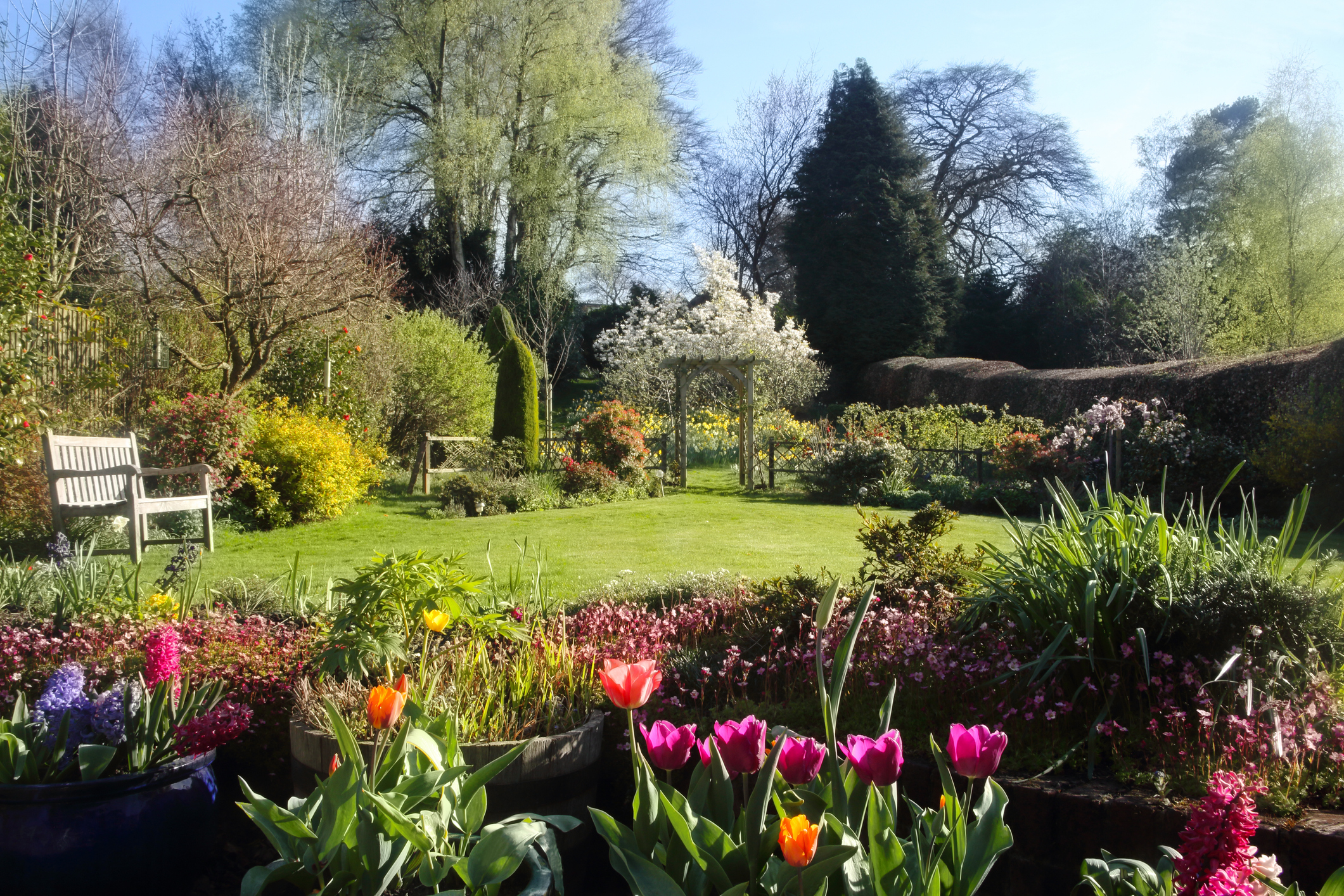Anna Pavord: The point of gardening? Not a mad rush to get it done, but relaxed enjoyment of the act of doing it
The odd quick win is one thing, says garden writer Anna Pavord, but those who take their time in the garden are the ones who gain the most.

The best gardening days start with many possibilities, but no fixed plan. These are the days when I can wander out, stopping perhaps to pull a few weeds from the gravel in the yard (never all of them at once — that would be too oppressive a task) and make for the bank, where there are always things to be done. And they will be done, but the point is that they don’t necessarily have to be done today.
Gardening gives us an opportunity to escape the clock. When we garden, we can for a while leave behind an agenda constructed of appointments, timetables and telephone calls and allow ourselves to be taken over by a completely different calendar, a huge and pre-ordained one, circumscribed by the weather and, in particular, the seasons.
This isn’t a conscious process. When I stop to admire the brilliance of moss, slowly spreading soft feelers over the roughness of a stone trough, I don’t say: ‘Fancy that, I’m part of the great diurnal round.’ Instead, I move to cut back the viburnum that is getting in the way of the moss. But these rare, uninterrupted gardening days will perhaps end with a heart-stopping view of the new fronds of shuttlecock fern silhouetted against the sky or coriander seedlings in the greenhouse, humping themselves with inexorable determination through the compost in their pot. Slow gardening. We ought, if we can, to give ourselves more time for it.
We ought, because the point of gardening should not be a mad rush to get the whole thing done, but a more unhurried, relaxed enjoyment of the act of doing it. A garden, as the late, great John Sales used to say (for 30 years he was in charge of gardens at the National Trust), is a process, not a product. We flail about, perhaps with a vague image in mind of the setting we are trying to make for ourselves, planting here, cutting back there, but, meanwhile, each of the constituents of the garden will have its own purpose, its own destiny and will be marching to its own beat.
"The pears are survivors from the market gardens that used to feed the city... they can last for 200 years"
We live in a trashy age, used to quick results, and bits of quickness in a garden, such as nasturtiums, to which I’m devoted, are heartening and fun. But my favourite things are slow: hollies, magnolias, walnuts. It’s only now in our present garden that I’ve been able to plant magnolias, for the clay, on which I’ve gardened all my life, is here replaced by greensand, just on the acid side of neutral.
Magnolia x wieseneri is the most mesmerising of the 10 magnolias I have planted, the creamy flowers intoxicating with their scent, but chiefly compelling because of the time they take to reveal their beauty. It’s a lowish, wide-growing thing, wider indeed than it is high, and the flower buds, sitting upright on the branches, are already evident in March. Through April, they start to swell, protected not by hard woolly coats like the buds on the Yulan (M. denudata), but by two soft, silky coverings, a pale-pink beige.
Bud burst begins in May, not in a slam, bang moment, but slowly. First the outer petals drop, then after a few days, the inner ones. Finally, as the flower expands (it can be about 6in across), the centre is revealed: a boss of deep-red, velvety stamens of hypnotic splendour. ‘Thank you,’ I say, wandering up to this prodigy in the evening, glass of wine in hand. ‘Thank you very much.’
Exquisite houses, the beauty of Nature, and how to get the most from your life, straight to your inbox.
Slow gardeners learn to acknowledge and appreciate what happened on their patches before they arrived. There may be a big old holly on the boundary or a huge pear tree. These fascinated me when I travelled on suburban trains in and out of London, for I would see these aged, elegant beauties blossoming in the small back gardens of houses that had surely arrived much later on the scene. The pears are survivors from the market gardens that used to feed the city and they remind us that, on the right root stock, they can last for 200 years.
Of course, it’s not always possible to indulge in slow gardening, but it is one of the excellent compensations of getting slower oneself. We can take time to watch a brilliant beetle clambering over a clod of earth. We can give due attention to the foliage of tree peonies, not quite bronze, certainly not green, astonishing in their diversity. Bit by bit, we can tune ourselves into a different, more resonant key.
The Seasonal Gardener by Anna Pavord, published by Phaidon, is out now

Credit: Getty
Anna Pavord: A natural-born-hoarder's guide to getting rid of all those plants that really must go
Clearing out plants is not for the faint-hearted, but Anna Pavord shares her hard-won tips.

Anna Pavord: 'I never quite remember how glorious it is going to be, that first day in spring'
The gardener and writer Anna Pavrod on the joy of rediscovery that is spring.